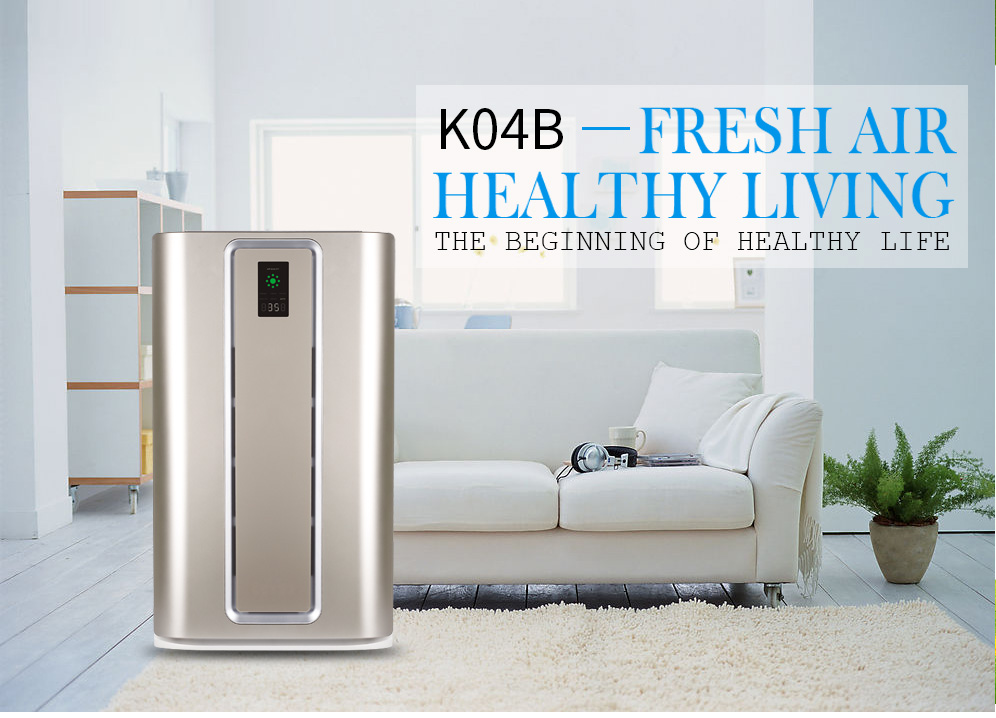The water purifier is good, you have to look at the filter material.

Nowadays, everyone’s living conditions are getting better and better, and environmental pollution is getting worse. In some areas, drinking water is in a polluted area. In this case, many families began to choose to install a water purifier to filter tap water.
However, some people say that it is not safe to use a top 5 water purifier because the trace elements in the water will be filtered out. Some people say that the water purifier will also cause secondary pollution. Is this really true? To answer this question, we must first understand how water purifier works.
Now many home appliance manufacturers and various emerging manufacturers are producing water purifiers, more and more types, but the working principle is nothing more than two: ultrafiltration water purifier and reverse osmosis water purification.
Ultrafiltration refers to the purification of the solution, separation or concentration membrane through the separation technology to achieve the purification of the solution.
Therefore, the water purifier is mainly removed from some substances harmful to the human body. And qualified water purifiers use food-grade materials, which are generally pollution-free.
If your body function properly and you can guarantee a normal diet, even if you drink water filtered by a water purifier for a long time, your body will not have any problems. Conversely, drinking water after filtering harmful substances is safer for the human body.
Groundwater and lake water are the main sources of domestic water, but the two water sources need to be treated in depth with the test report data. Different process flows are provided according to different water quality. The main filter materials for filtering groundwater are RO membrane, PVC alloy ultrafiltration membrane, Manganese sand, KDF, activated carbon, chloroform, soft water resin, disc filter, mineral fossil, etc.
Manganese sand itself is a strong oxidant that can oxidize iron ions in water and has good performance of removing manganese and iron. It is an ideal product for removing iron and manganese from the water supply and drainage industry. According to the sanitary standard of drinking water in China, the iron content is ≤0.3mg/L and the manganese content is ≤0.1mg/L. Drinking iron with excessive iron content for a long time will seriously affect the health of the body.
Technical requirements for manganese sand for removal of iron and manganese:
1. The average density of the natural manganese sand filter material is generally in the range of 3.2 g/cm3 to 3.6 g/cm3. Except for those with special requirements for density in use.
2. The hydrochloric acid solubility of natural manganese sand filter should not exceed 3.5% (percentage by mass, the same below).
3. The sum of the breaking rate and the wear rate of the natural manganese sand filter should not exceed 3%.
4. Natural manganese sand filter material should be free of visible soil, shale, and foreign debris, and the mud content should not exceed 2.5%.
As an important filter material for water purification and decontamination, it plays an irreplaceable role in the scene of more and more modern water purifiers. Purified water can be drunk without harm to the body, but it is not encouraged to drink more. After all, Pure purified water also means serious environmental pollution. It is more hopeful to control the pollution of water sources and make our lives greener.
Contact us for more products and discounted prices
Helen:
+86 13922346046
info@olansiglobal.com
https://www.olansiglobal.com